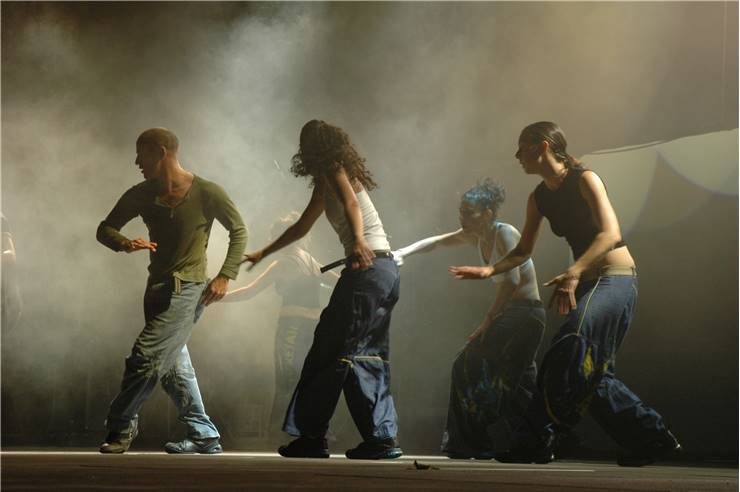History of Jazz Dance
Ever since Jazz entered into popular culture, it immediately fueled the creation of its dance style that not only followed its modern rhythms, sounds, and techniques but also heavily promoted the sense of individuality, spontaneous dancing, free flow dancing and showcase of the skills of dancers. Dancers who started dancing to the early sounds of Jazz developed a high degree of improvisational skills, which became especially popular in the African American communities as early as the 19th century. However, the mainstream popularity of Jazz music and its accompanying dance techniques arrived only after the World War I when modern sound broadcasting techniques enabled easier sharing of music across the entire United States and not only in “music hubs” of its largest cities.
Origins of Jazz dance can be traced all the way back to the first years of the arrival of African slaves to the shores of Central and North America. Dances and music they brought were much more free-flowing, experimental and improvisational than traditional dances that were brought to North America by European immigrants. These heavily rhythmic-based and tribal dances had a feature that was described by historians and music experts as almost “conversation-like” qualities, in which both the dancers and music players reacted one to another, creating free-flowing music that enchanted them completely.

The appearance of the traditional style of Jazz music and dance appeared during the early 1900s in the city of New Orleans. This hot-spot of musical experimentation soon managed to popularize Jazz into almost theatre-like dance performance that could be danced by professional dancers and organized by some of the most talented dance choreographers of that period.
Jazz music was often performed by large New Orleans' bands (who received notoriety by performing Jazz at funerals of local music artists or during public holiday celebrations). One of the most famous Jazz musicians that promoted this music style and dance was Buddy Bolden and his band, who often performed at the Funky Butt Hall. Another favorite Jazz dance meeting place was at Economy Hall, a dance hall in Tremé, historic neighborhood of New Orleans what is remains to this day important center African-American, Créole, and brass band culture.
With the rising popularity of Jazz dance, this music style started changing under the guidance of modern choreographers such as George Balanchine, Agnes de Mille, Jack Cole and Hanya Holm. They began using highly trained dancers who were tasked to perform highly precise and difficult dance moves that elevated Jazz dance into a modern art form that was different than casual Jazz dances of New Orleans music bars.
The golden age of traditional Jazz dance lasted between 1930 and 1960, during which Jazz became influenced by other styles such as the Caribbean and Latin music. This happened not only because Jazz became popular across entire North America, but also because many of the most talented musicians and dancers flocked into New Orleans and started experimenting and morphing the entire genre of Jazz. New influenced transformed traditional Jazz genre into what is today known as modern Jazz.
